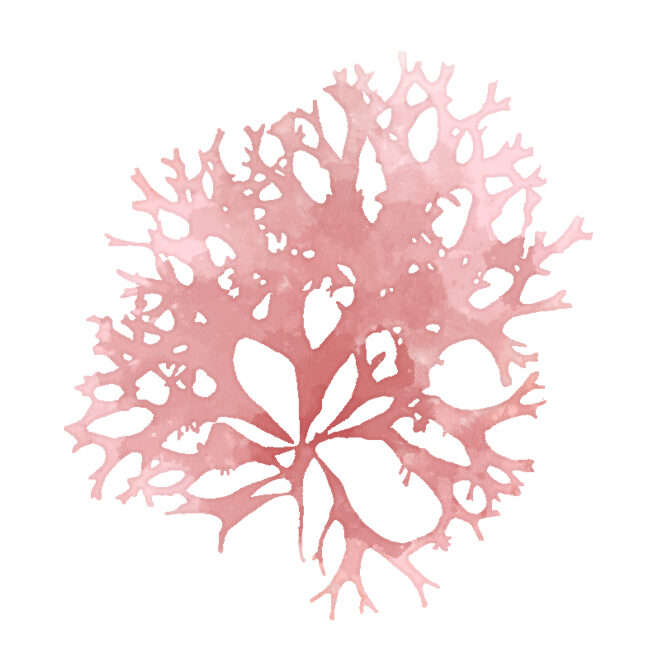Basic information of Seaweed

It is a seaweed belonging to the order Ceramiales and the family Rhodomelaceae. It is sold under the product name “Hanasakuraso” (Flower Cherry Blossom Seaweed) because of its shape resembling cherry blossoms. When dried, it curls up small, but when rehydrated, it spreads out like a blooming flower, presenting a vibrant and beautiful appearance.
It is a seaweed rich in water-soluble dietary fiber, particularly carrageenan. Additionally, it contains a higher amount of the mineral zinc compared to other seaweeds. Zinc is an essential trace mineral that the body cannot produce on its own. It plays a role in protein synthesis, immune regulation, and is necessary for the growth and maintenance of the body. Moreover, zinc is involved in creating taste receptor cells, contributing to the sensation of taste and making food enjoyable.
| Per 100g | Energy kcal |
Protein g |
Fat g |
Carbohydrates g |
Dietary Fiber g |
Salt Equivalen g |
|---|---|---|---|---|---|---|
| Tsunomata (salted, desalinated) |
137 | 15.5 | 2.2 | 47.8 | – | 13.0 |
“Tsunomata” is written in kanji as “角又,” derived from its shape resembling the antlers of a deer, branching out in a fork-like manner. Tsunomata is not widely consumed as food; instead, it is commonly used in wall soil or processed into soap. In regions where it is consumed, such as Choshi City in Chiba Prefecture and Kashima City in Ibaraki Prefecture, it is used to make a local dish called “kaiso konnyaku” by boiling and solidifying tsunomata.